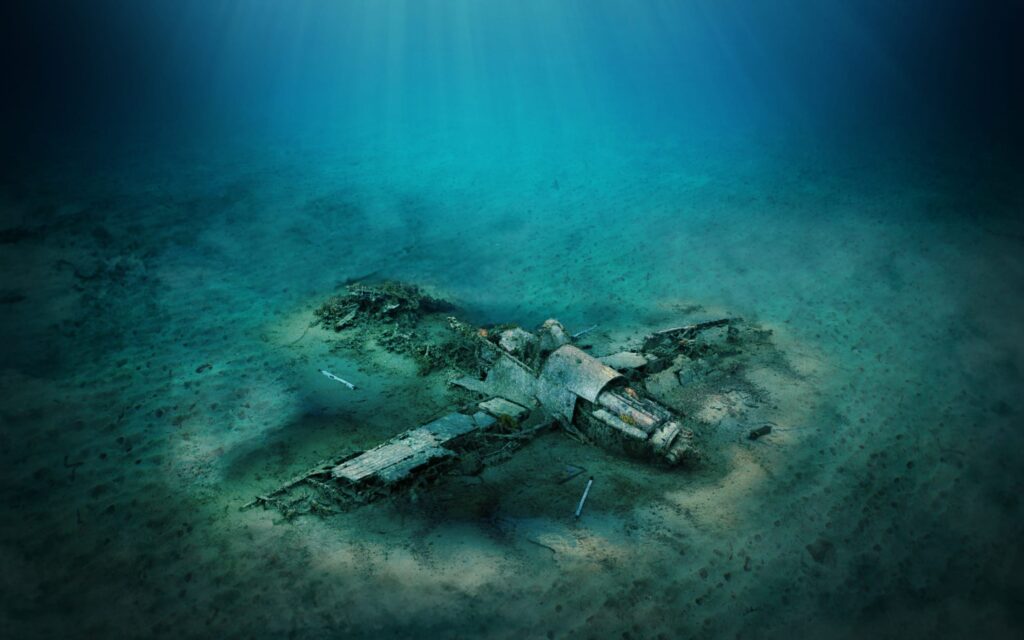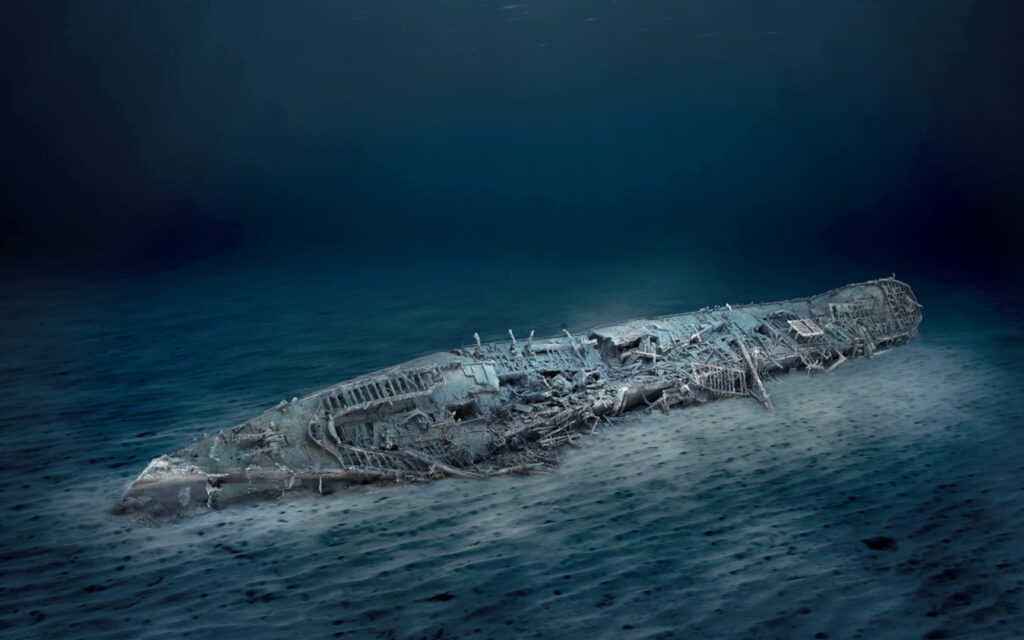HMS Hellespont
HMS Hellespont
HMS Hellespont was a Robust-class paddle tug, built to satisfy the demand for Royal Navy auxiliary vessels and to supplement requisitioned civilian tugs during the First and Second World War.
HMS Hellespont was built by Earle’s Shipbuilding and Engineering Co. Ltd and launched on 10 May 1910, one of ten Robust-class paddle tugs. Paddle steamers were powered by a steam engine that rotated paddle wheels to propel the vessel through the water. The paddle wheel was located on either the stern or sides of the vessel. HMS Hellespont was a side-wheeler, with a wheel on the port and starboard side, increasing the vessel’s manoeuvrability. Tugs had a distinct profile with a raised bow, superstructure, mast and funnel in the mid-ship area. The aft of the vessel was characterised by a low flat deck, fitted with a winch and hooks for towing.
During the First World War, HMS Hellespont served in Haulbowline, Ireland, a Royal Navy dockyard and an important supply base. In 1922, HMS Hellespont was moved to Malta, serving as a dockyard and harbour tug. On the night of 6-7 April 1942, HMS Hellespont was hit during an air raid and sunk in the Grand Harbour. The wreck was later salvaged, filled with construction debris from surrounding bomb damage, and towed and scuttled in deeper waters outside the harbour. The wreck of the HMS Hellespont was rediscovered by divers in 1999.
The Wreck.
HMS Hellespont is located off the coast of Fort Rinella, resting on a sandy seabed at a maximum depth of 41 metres. The bow section of the paddle tug is missing, possibly as a result of bomb damage or scuttling works.









